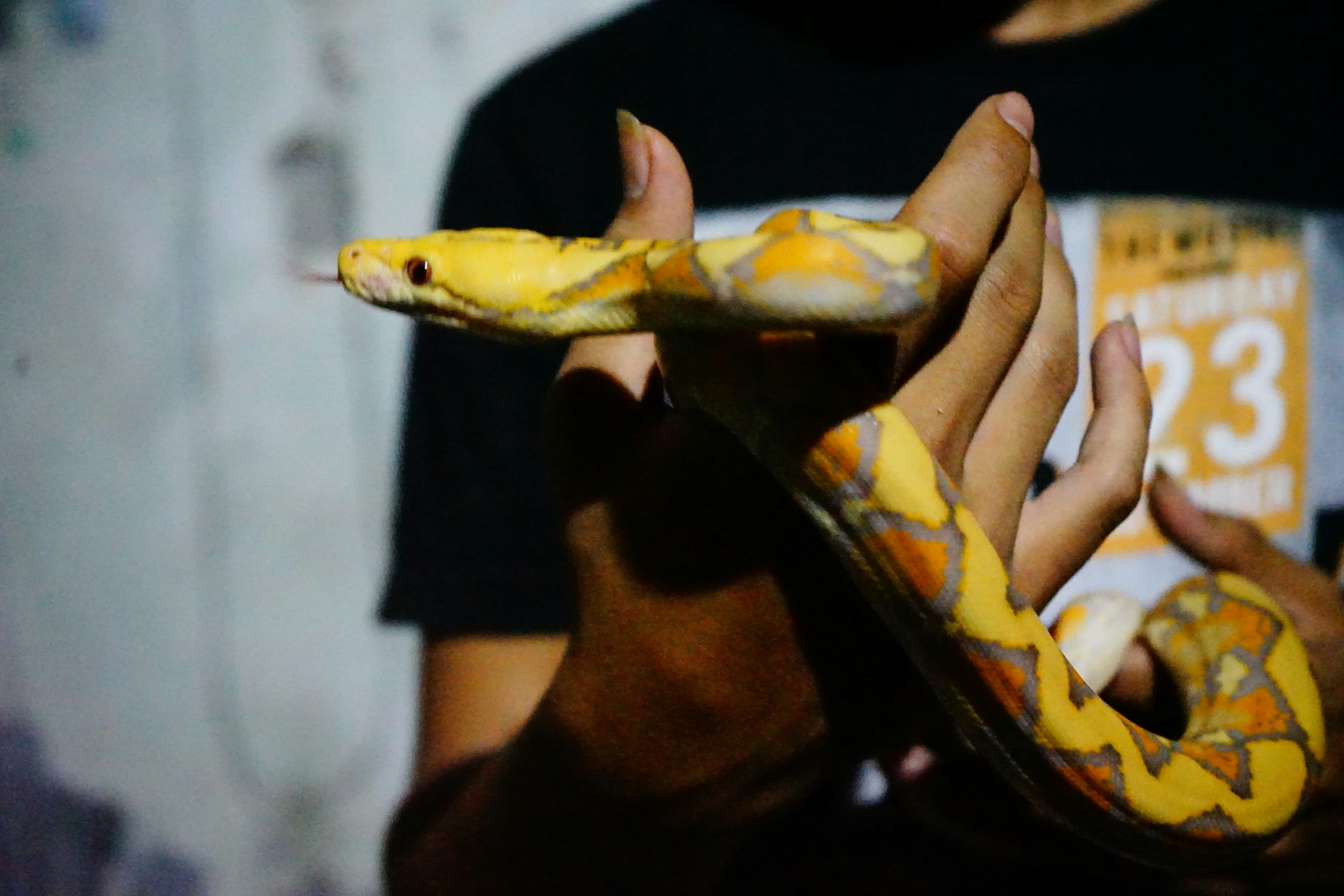Feeding a snake that refuses pre-killed prey can be a challenging situation for reptile owners. While offering pre-killed or frozen-thawed prey is generally recommended for safety and ethical reasons, some snakes—particularly wild-caught specimens or those started on live prey—may initially refuse anything but live food. This comprehensive guide explores the safe methods, ethical considerations, and proper techniques for offering live prey to reluctant snakes while working toward the ultimate goal of transitioning them to a safer feeding regimen.
Understanding Snake Feeding Behavior
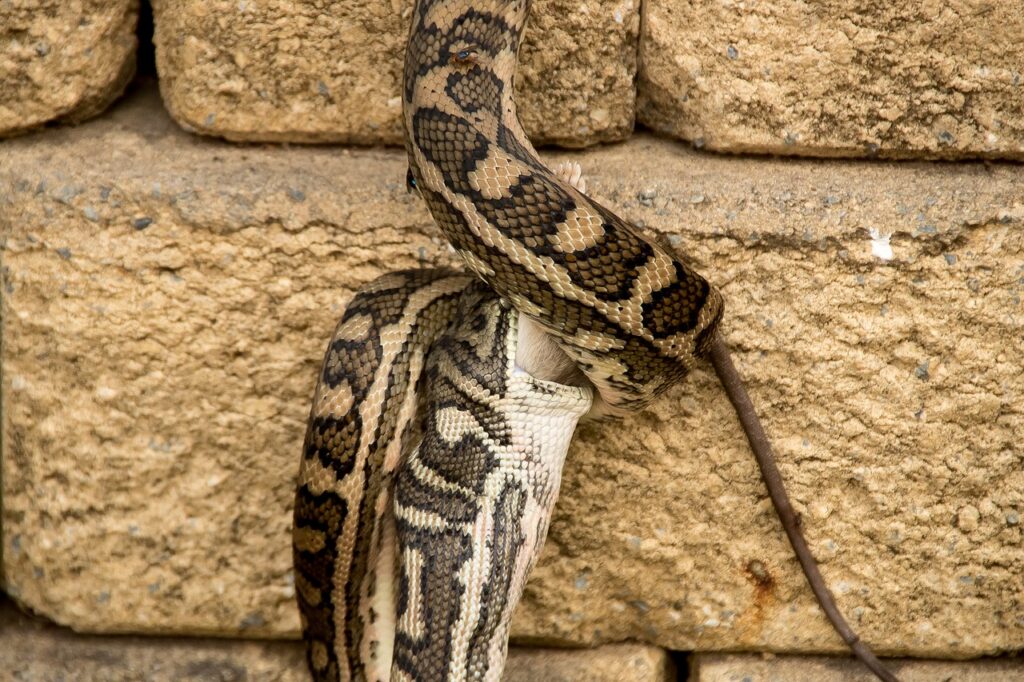
Snakes are predatory creatures with feeding instincts that have evolved over millions of years. In the wild, these reptiles rely on a combination of visual movement, heat detection, and chemical cues to identify and capture prey. When a snake refuses food in captivity, it’s often because one or more of these stimuli are not being properly triggered. Feeding reluctance can stem from stress, illness, improper husbandry conditions, or simply because the snake doesn’t recognize the offered item as food. Understanding these natural behaviors provides the foundation for addressing feeding issues and implementing appropriate solutions for reluctant feeders. Remember that patience is essential, as forcing a snake to eat can cause additional stress and exacerbate feeding problems.
Safety Concerns with Live Prey
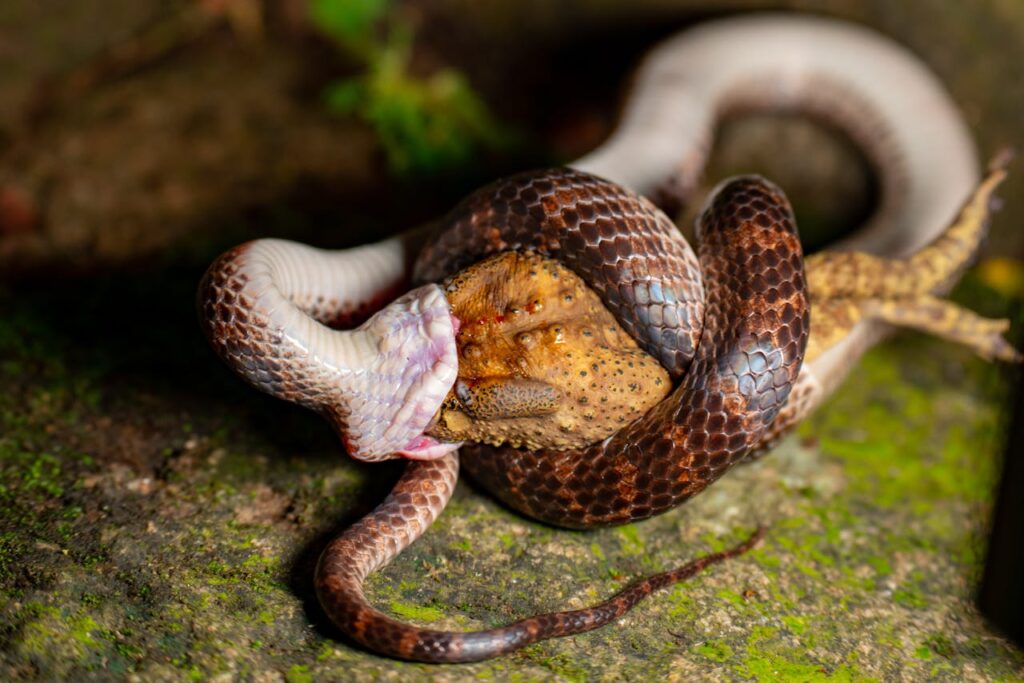
Offering live prey to snakes presents significant risks that every responsible keeper should understand. Live rodents, in particular, can inflict serious injuries on snakes when defending themselves, including deep bites and scratches that may become infected or even fatal. These injuries most commonly occur when snakes are not hungry, during molting periods, or when they’re stressed and don’t immediately strike at the prey. Additionally, live prey animals experience considerable stress and fear when placed in a predator’s enclosure, raising ethical concerns about their welfare. The potential for injury increases substantially if the snake and prey are left unattended, which is why continuous supervision during live feeding is absolutely essential. These safety considerations explain why most experienced keepers and veterinarians recommend pre-killed feeding methods whenever possible.
When Live Prey May Be Necessary
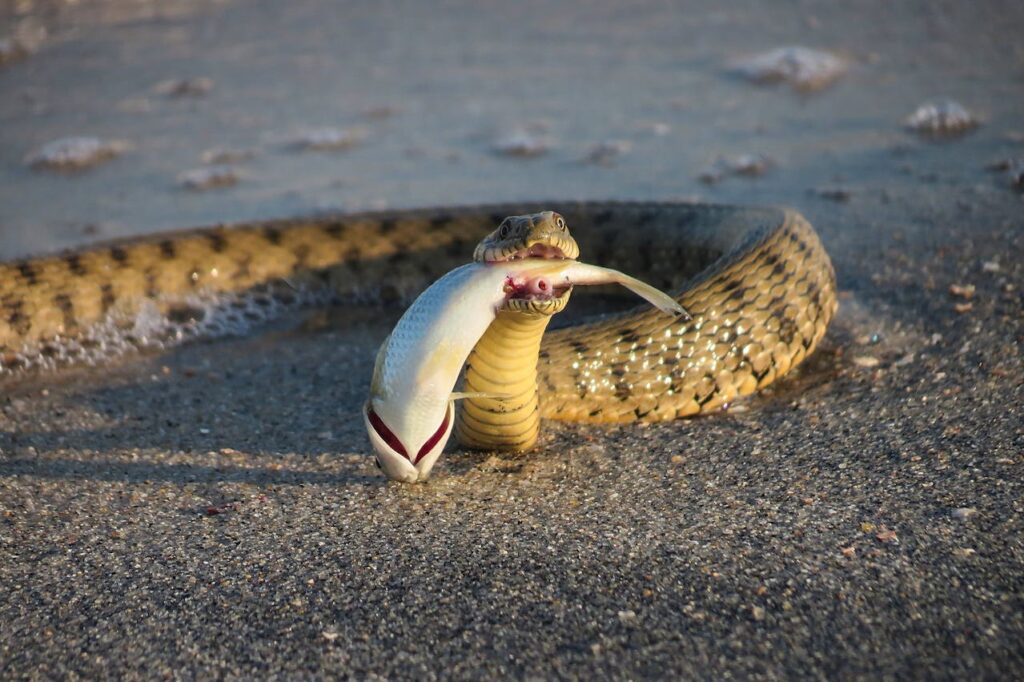
Despite the risks, there are specific circumstances when offering live prey may be temporarily necessary. Wild-caught snakes often have strong feeding responses triggered only by live prey movement and may initially refuse anything else. Similarly, snakes that were started on live prey by previous owners or breeders might not recognize pre-killed items as food. Severely emaciated or dehydrated snakes that have refused food for extended periods sometimes require the stronger feeding stimulus that only live prey provides. Certain species with specialized feeding behaviors, such as some arboreal vipers or king cobras, may be exceptionally difficult to convert to pre-killed prey. However, it’s important to view live feeding as a temporary measure while working toward the safer option of pre-killed prey, rather than a permanent feeding solution.
Creating the Optimal Feeding Environment
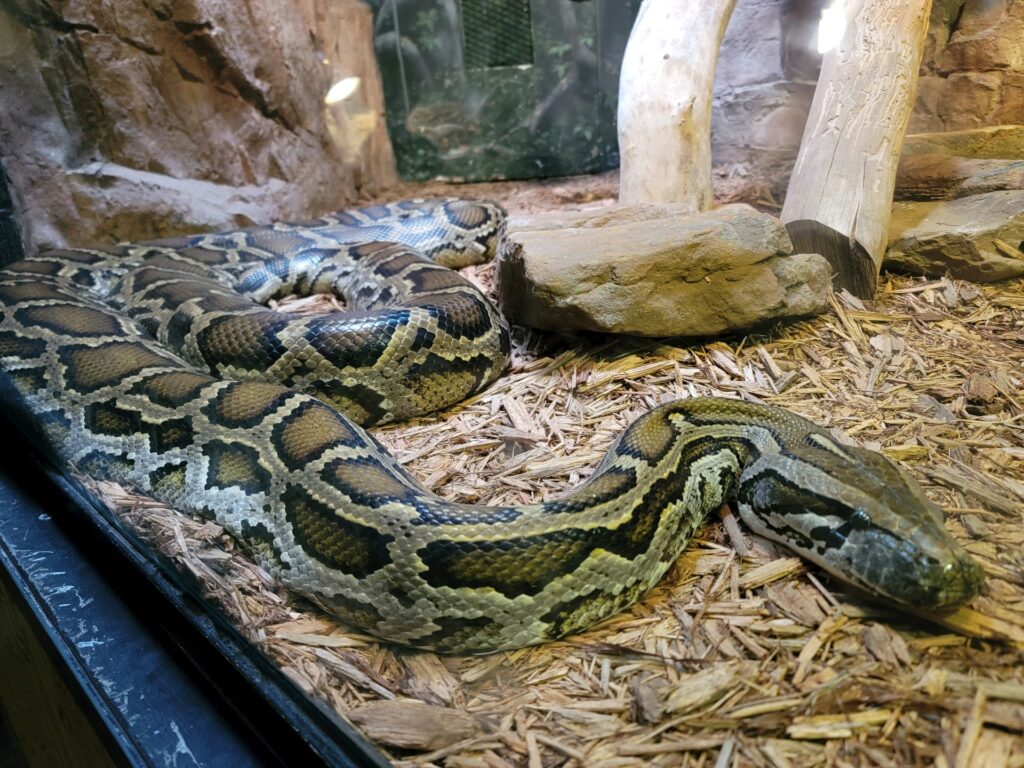
Before attempting a live feeding, it’s crucial to create conditions that maximize success while minimizing stress. Start by ensuring the snake’s enclosure temperature and humidity levels are appropriate for the species, as improper conditions can reduce feeding responses. Many keepers find greater success by feeding in a separate, dedicated container rather than the main enclosure, which prevents substrate ingestion and keeps the home enclosure from developing prey scent associations. Timing is also essential—most snakes feed more readily at night or during their natural active periods. Minimize external disturbances by keeping the feeding area quiet and free from vibrations or sudden movements. Prior to feeding, allow the snake to acclimate to the feeding environment for 10-15 minutes to reduce stress and increase the likelihood of a successful feeding response.
Selecting Appropriate Prey Size and Type
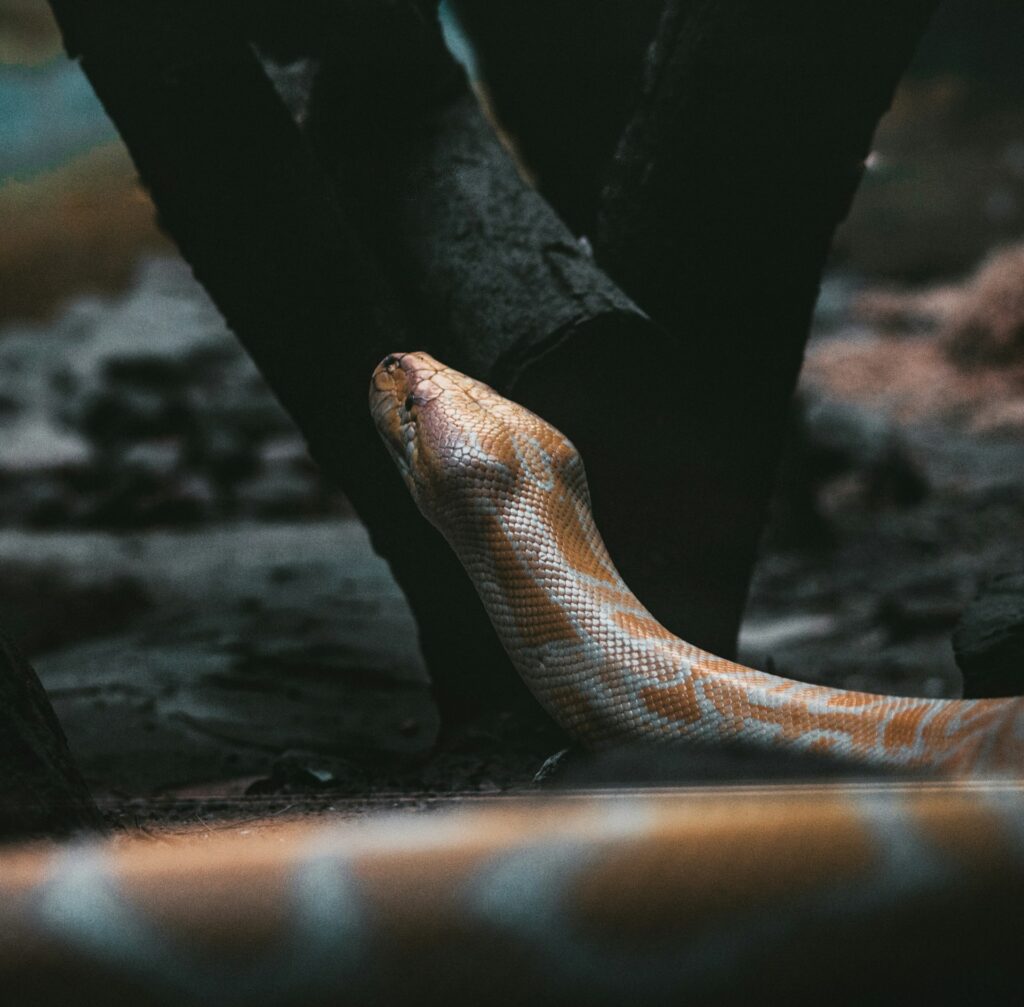
Choosing the right prey is fundamental to safe live feeding practices. The prey item should be proportionate to the snake’s size—generally no larger than the widest part of the snake’s body. Offering prey that’s too large increases the risk of injury to both the snake and the prey animal. For most species, juvenile prey presents less danger than adults, as they have less developed teeth and claws and weaker defensive capabilities. Different snake species have evolved to hunt specific prey types in the wild—while most captive colubrids and pythons readily accept rodents, some specialized feeders may require alternatives such as amphibians, lizards, or other specific prey items that match their natural diet. Always research your particular species’ dietary requirements and preferences before selecting prey. Remember that prey animals with strong defenses, such as adult rats, present substantially higher risks and should only be used when absolutely necessary.
Proper Handling and Introduction of Live Prey
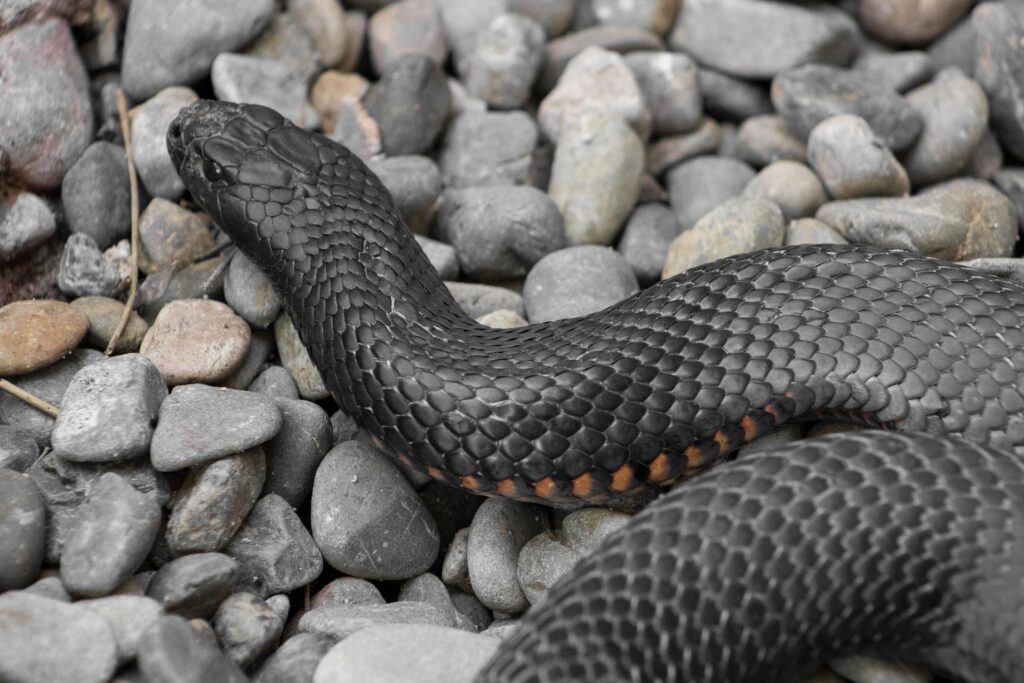
The method of introducing live prey significantly impacts both safety and feeding success. Never simply drop the prey into the enclosure, as this can startle the snake and give the prey animal a defensive advantage. Instead, use feeding tongs to hold the prey by the base of the tail and gently introduce it at the opposite end of the enclosure from the snake. This gives the snake time to detect the prey’s presence through smell and heat sensing. If the snake shows no initial interest, you can try gently moving the prey to simulate natural movement and trigger the snake’s hunting response. For particularly reluctant feeders, try introducing the prey in the evening when most snakes are naturally more active and have heightened feeding responses. Always have a plan to quickly remove the prey if the snake shows no interest within 15-30 minutes to prevent potential injury.
Never Leave Live Prey Unattended
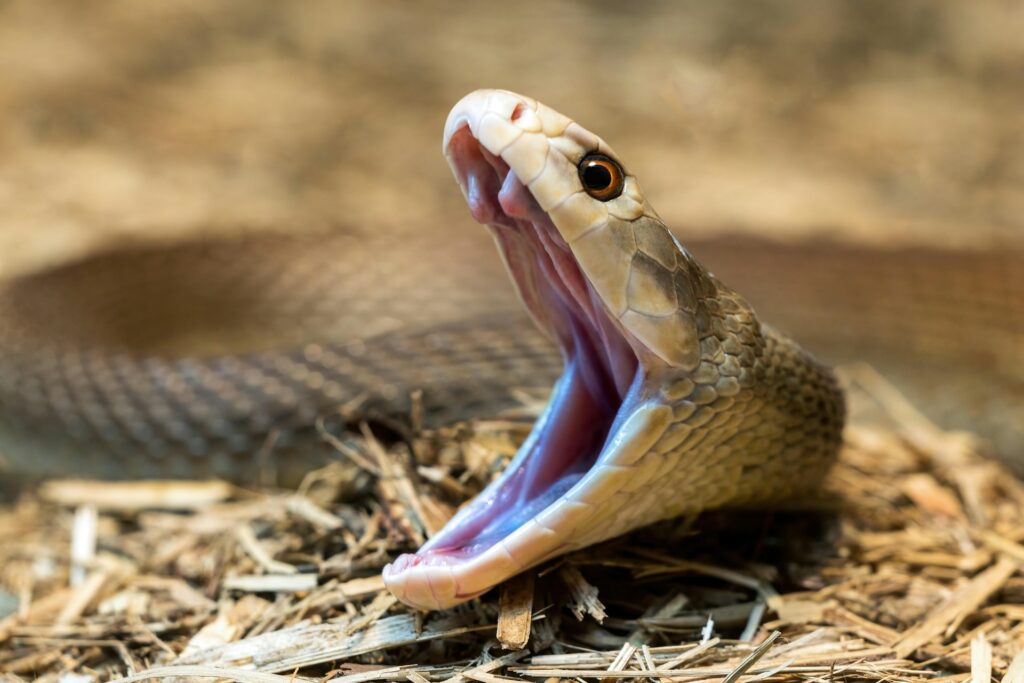
The single most important safety rule when offering live prey is constant supervision. Never leave a snake alone with live prey under any circumstances, as this dramatically increases the risk of injury. Even a momentary lapse in supervision can result in serious wounds if the prey animal attacks the snake. Most injuries occur when snakes are sleeping, preparing to shed, or simply not hungry enough to strike immediately. If the snake hasn’t shown interest after 20-30 minutes of supervised exposure, safely remove the prey animal and try again another day. Some keepers mistakenly believe that leaving prey overnight will encourage feeding, but this dangerous practice has resulted in countless preventable injuries and deaths in captive snakes. The potential for harm far outweighs any feeding benefit, making continuous supervision non-negotiable during live feeding attempts.
Transitioning to Pre-Killed Prey
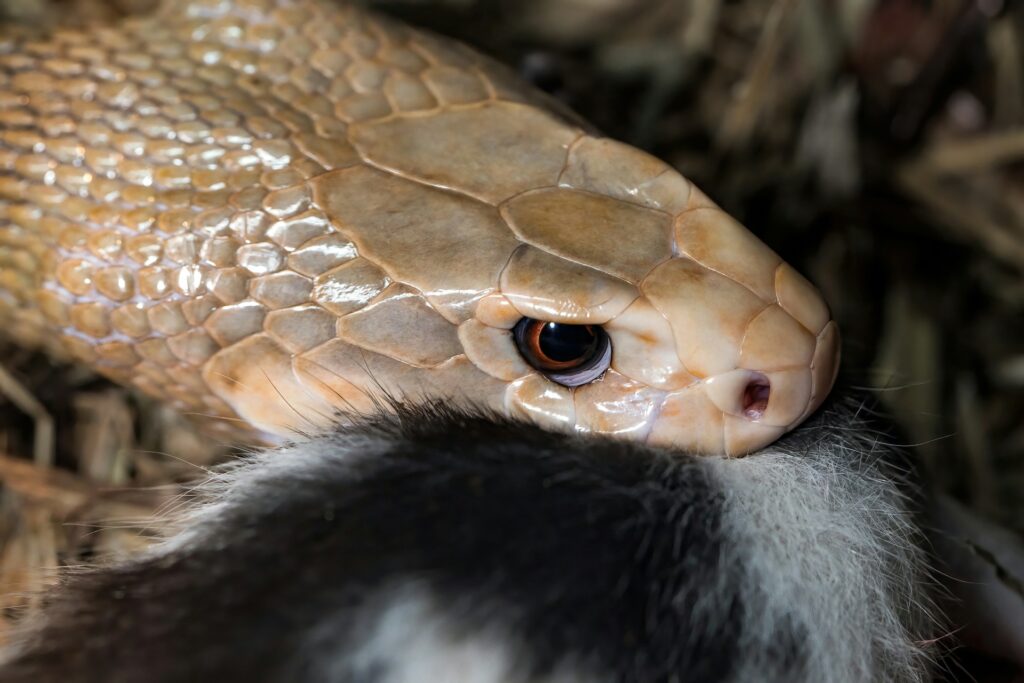
While live feeding may be temporarily necessary, the ultimate goal should always be transitioning to pre-killed prey. This process typically begins by offering freshly killed prey that still retains body heat and scent, making it more attractive to the snake. Using feeding tongs, gently move the pre-killed prey to mimic the movements of live prey, which can trigger the snake’s predatory response. Some keepers have success with “braining” (exposing brain material) or making small incisions in pre-killed prey to release scent cues that stimulate feeding. The transition process requires patience, as some snakes may take weeks or even months to accept the change. Consistency is key—continue offering pre-killed prey at regular intervals, gradually decreasing any movement simulation as the snake becomes accustomed to the new feeding method. Once successful, you can gradually transition to frozen-thawed prey, which offers additional convenience and safety benefits.
Assisting Strikes and Feeding Responses
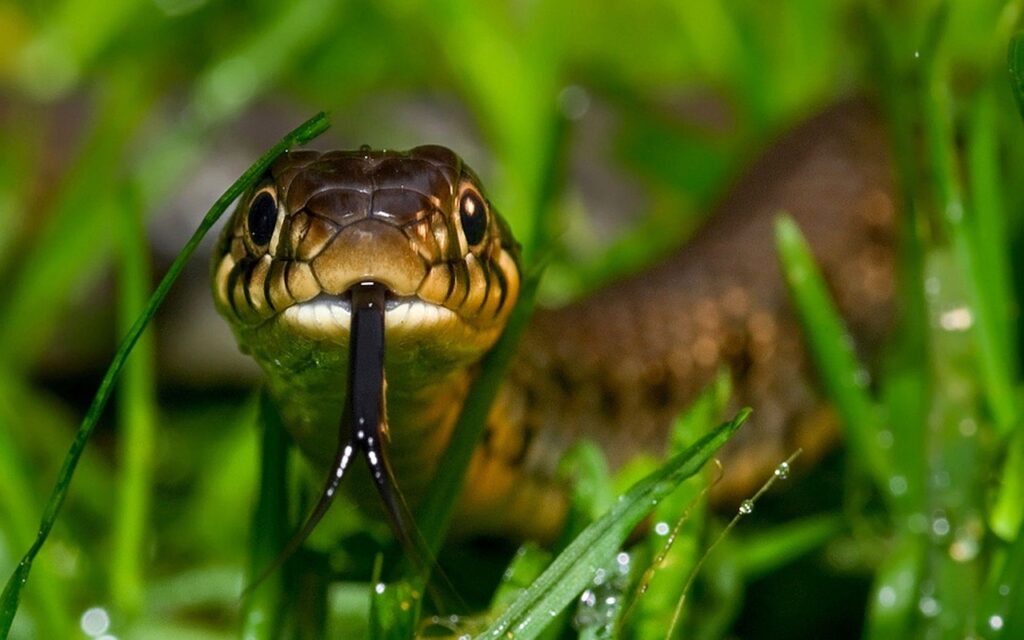
For particularly hesitant snakes, various techniques can help stimulate natural feeding behaviors when offering live prey. Covering the enclosure partially with a towel can make some snakes feel more secure and more likely to feed. Gently tapping the snake’s snout with the prey using feeding tongs can sometimes trigger a defensive strike that transitions into feeding. Some keepers report success with “scenting” techniques, such as rubbing the prey with the scent of the snake’s preferred food items or using prey scent products designed for reptiles. For visual hunters, enhancing environmental contrast by feeding against a solid-colored background can help the snake better identify the prey item. With arboreal species, presenting prey items at an elevated position often yields better results than ground presentation, as it better aligns with their natural hunting strategies.
Recognizing and Addressing Stress Behaviors
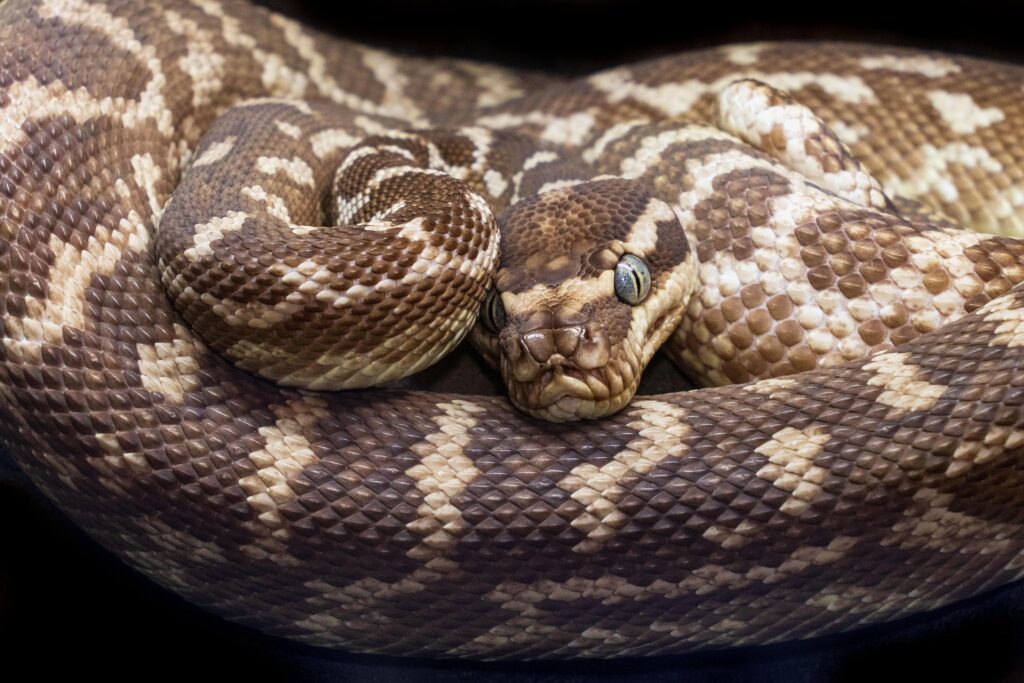
Successful feeding requires the ability to distinguish between normal hunting behaviors and stress responses. Healthy hunting behavior typically involves focused attention, tongue flicking to gather scent information, and deliberate movement toward prey. In contrast, stressed snakes may exhibit defensive posturing, rapid breathing, excessive movement around the enclosure, or attempts to escape. If your snake displays these stress indicators during feeding attempts, immediately stop the session and return the snake to its regular enclosure. Repeated stress during feeding can create negative associations that make future feeding even more difficult. Common stressors include inappropriate temperatures, excessive handling before feeding, bright lighting, or too much external activity around the feeding area. Addressing these environmental factors can significantly improve feeding success by creating a calm, secure atmosphere that allows natural predatory behaviors to emerge.
Medical Considerations and When to Seek Help

Persistent feeding problems may indicate underlying health issues that require veterinary attention. Snakes suffering from respiratory infections, parasitic infestations, or mouth rot (infectious stomatitis) often display reduced feeding responses. Weight loss, abnormal feces, regurgitation, or visible injuries should prompt immediate veterinary consultation. If a snake refuses food for an extended period—generally more than 1-2 months for most species, though this varies—professional assessment becomes necessary. Specialized reptile veterinarians can perform physical examinations, fecal analysis, blood work, and imaging to identify medical issues affecting appetite. They may also recommend assisted feeding techniques such as force-feeding or tube feeding for severely compromised snakes, though these should only be performed by qualified professionals. Remember that many health problems causing feeding issues are treatable when addressed promptly, emphasizing the importance of regular health monitoring in reluctant feeders.
Ethical Considerations in Live Feeding
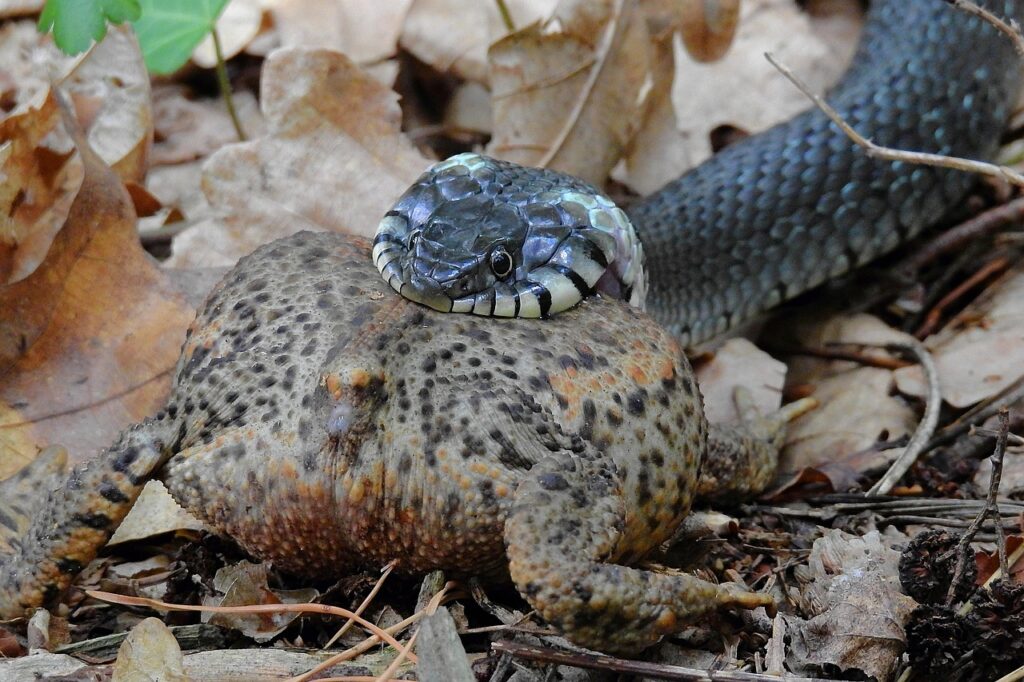
The ethics of live feeding deserve thoughtful consideration by every reptile keeper. While natural in the wild, captive feeding situations lack the ecological context that gives prey animals escape opportunities. Many jurisdictions have laws or regulations restricting live feeding practices, reflecting growing ethical concerns about unnecessary animal suffering. When live feeding is temporarily necessary, choosing prey animals that pose minimal threat to the snake while suffering less themselves (such as smaller or juvenile prey) represents a compromise approach. Always source prey animals from reputable suppliers that maintain human conditions rather than catching wild animals that may carry parasites or diseases. Remember that part of responsible reptile keeping involves continuously working toward feeding methods that minimize suffering for all animals involved. This ethical commitment should guide feeding practices even when dealing with the most challenging feeding cases.
Record Keeping and Feeding Schedules
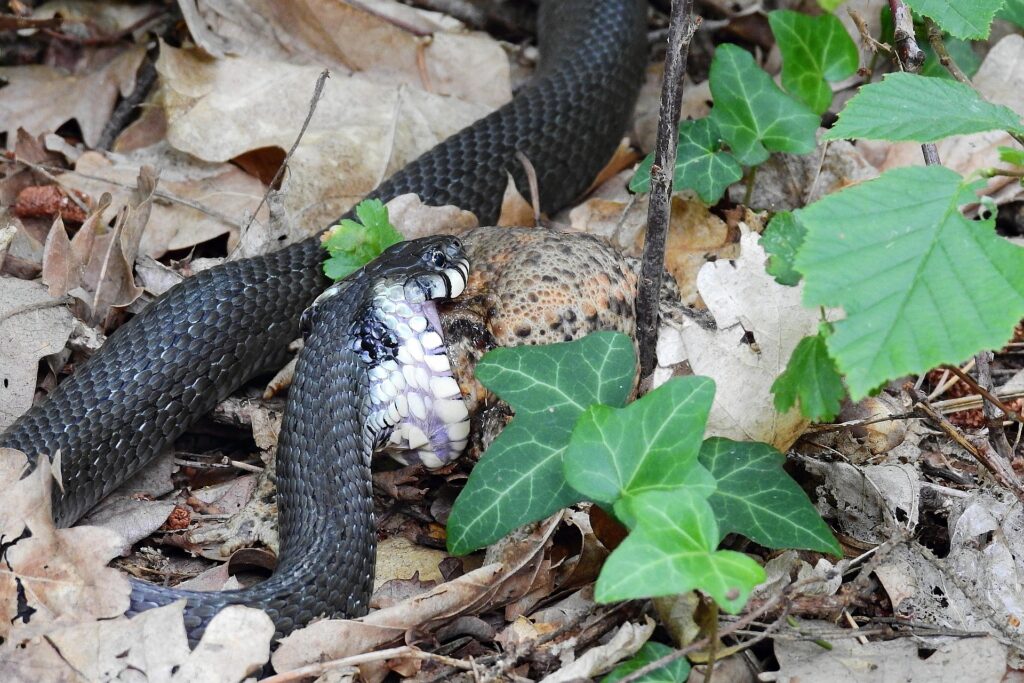
Maintaining detailed records of feeding attempts is invaluable when working with reluctant feeders. Document each session, noting the prey type and size, environmental conditions, the snake’s behavior, and the outcome of the feeding attempt. These records help identify patterns that may reveal the most successful approaches for your individual snake. Establish a consistent feeding schedule appropriate for your snake’s species, age, and condition—typically every 5-7 days for juveniles and every 7-14 days for adults, though this varies considerably between species. Avoid handling your snake for at least 48 hours after successful feeding to prevent regurgitation, which can cause serious health complications. Consistent scheduling helps establish feeding routines that many snakes respond well to, potentially reducing feeding resistance over time. With persistent record-keeping, you may discover specific conditions or techniques that consistently produce successful feedings with your particular snake.
Conclusion
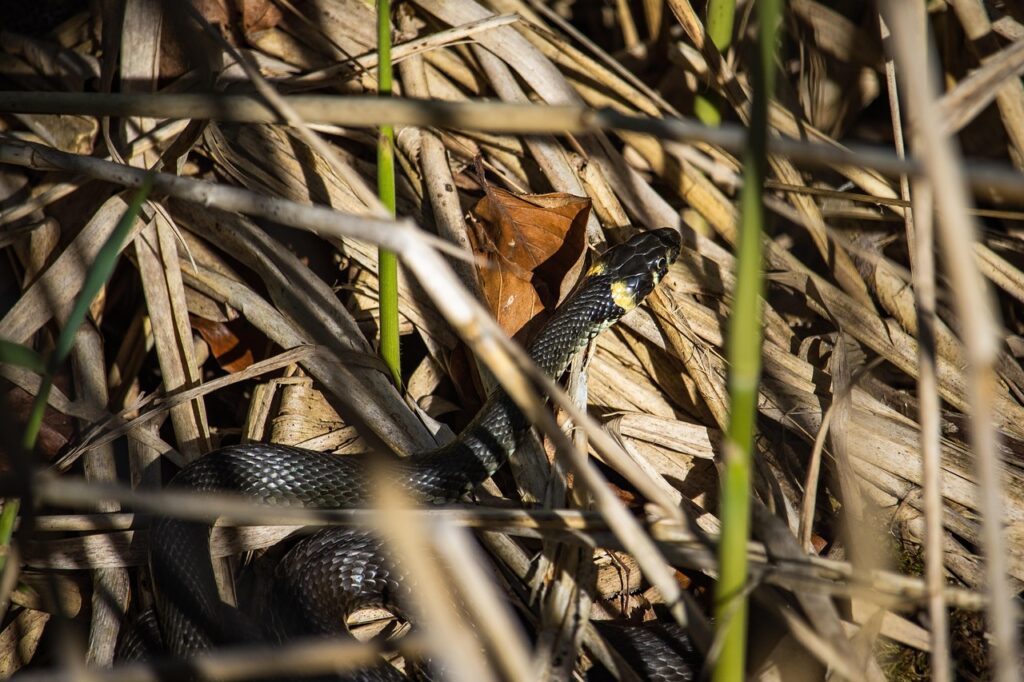
Feeding live prey to reluctant snakes presents genuine challenges that require knowledge, patience, and careful attention to safety. While offering live prey may be temporarily necessary for some snakes, it should always be viewed as a stepping stone toward safer feeding methods rather than a permanent solution. By understanding natural snake behaviors, implementing proper safety protocols, and working systematically toward a transition to pre-killed prey, most feeding issues can be successfully resolved over time. Remember that each snake is an individual with unique preferences and behaviors—what works for one may not work for another. With persistent, educated efforts and a commitment to both snake welfare and the ethical treatment of prey animals, even the most reluctant feeders can usually be successfully accommodated in captivity.

